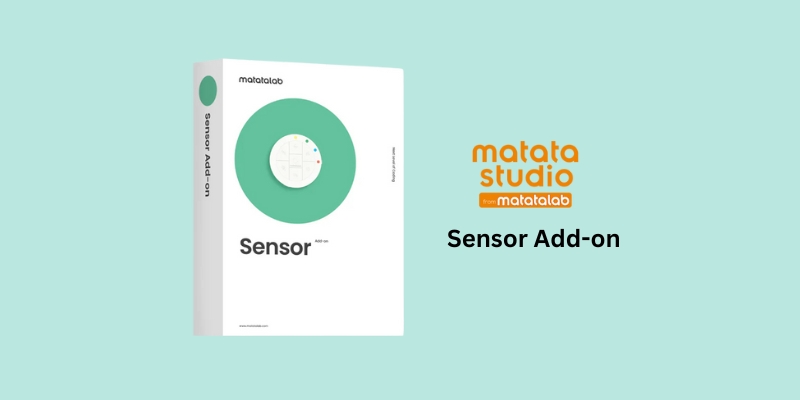Understanding Color Sensors: The Key to Engaging Coding Experiences
Color sensors are like tiny eyes that help machines “see” the world around them. They can detect and identify different colors, just like our own eyes do. This is incredibly useful for all sorts of tasks, from sorting objects to tracking things that move. Imagine a robot that can follow a red line on the floor or pick out blue objects from a pile. Color sensors make all of this possible through creative coding projects.
What is a Color Sensor?
A device that is able to recognize and detect various colors in its surroundings is called a color sensor. Usually, it uses light to analyze an object’s color and differentiate it depending on wavelength. Because of this feature, color sensors are extremely useful in a wide range of applications, including robotics and industrial automation, but especially in educational environments. For children using color sensors, creative coding projects become much more engaging and interactive.
How Does a Color Sensor Work?
In order to function, color sensors must emit light, frequently in the RGB (red, green, and blue) wavelength range. Certain wavelengths of light are absorbed, and others are reflected when they strike an item. This reflected light is captured by the sensor, which then determines how intense each color is.
Here’s a simplified breakdown of the process:
- Light Emission: A light beam is directed at an item by the sensor.
- Reflection: The item returns certain light wavelengths to the sensor by reflecting them.
- Detection: The color sensor measures how much red, green, and blue light is reflected from an object.
- Color Identification: The sensor uses the intensity values to identify the color of the object and communicates this information to the device that is attached (such as a robot).
This ability to differentiate colors allows kids to program their robots to interact with their environment in exciting ways.
Why Does Coding Need Color Sensors?
Color sensors are essential in coding education for reasons more than one:
- Enhanced Interaction: When kids use color sensors in their creative coding projects, they can make their robots react to the real world around them. For example: imagine a robot traffic cop that uses a color sensor to see when a red car is coming. The robot cop stops traffic by turning on the red light, just like a human traffic cop! This makes coding more exciting and helps kids understand how their code can make things happen in the real world.
- Creative Projects: Color sensors open up a whole new world of possibilities for creative coding projects. Kids can design robots that follow colorful paths, play games that involve recognizing colors, or even create art projects based on color.
- Motivation and Fun: Kids love colors! Using color sensors in their coding projects makes learning more fun and engaging. When kids see their robots responding to colors, they feel proud and motivated to keep learning and experimenting
The MatataStudio Color Sensor
The MatataStudio color sensor is a fantastic addition to the coding platform for children, especially in schools across Dubai. It is designed with young learners in mind, making it easy to use while offering powerful features that promote creativity and critical thinking. Here’s what makes the MatataStudio color sensor stand out:
- User-Friendly Interface: MatataStudio provides an intuitive interface that allows kids to program their robots easily. The color sensor seamlessly integrates into their coding projects, enabling them to focus on creativity rather than technical difficulties.
- Versatile Applications: With the color sensor, children can program their robots to follow a color trail, react to colored objects, or even create games that incorporate color detection.
- Encouraging Exploration: With the MatataStudio color sensor, children can tweak their code, try different colors, and observe the outcomes, which fosters a spirit of inquiry and exploration.
- Community & Collaboration: When children work together on projects that involve the color sensor, they learn from each other, share ideas, and enhance their communication skills.
- Real-World Learning: Children gain practical experience and learn about automation, robotics, and the science of light, laying a strong foundation for future STEM learning.






Recent Comments